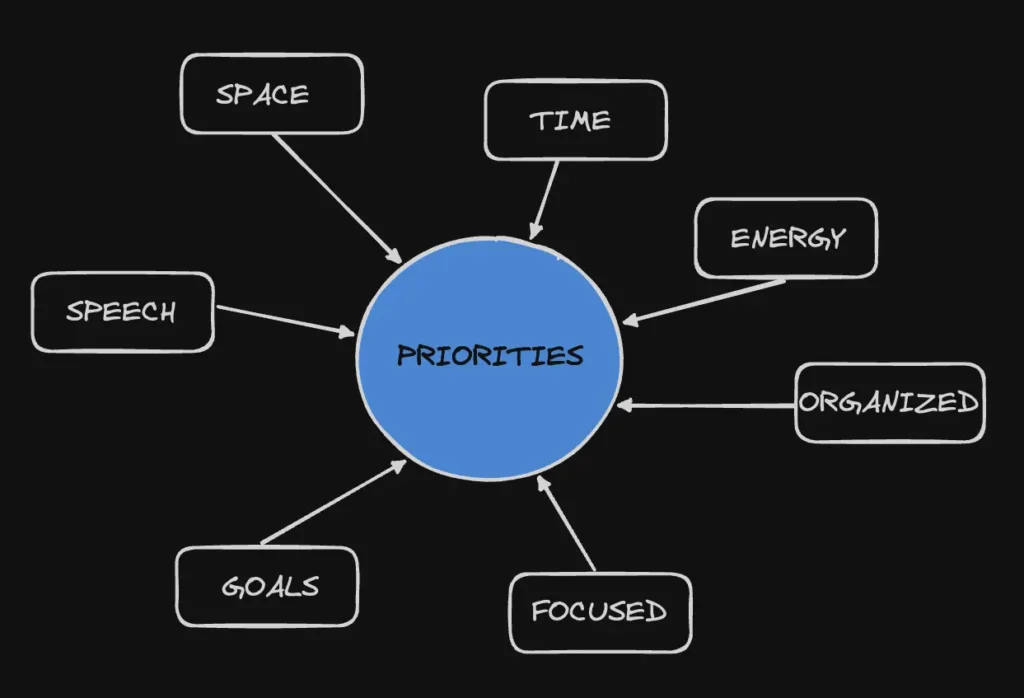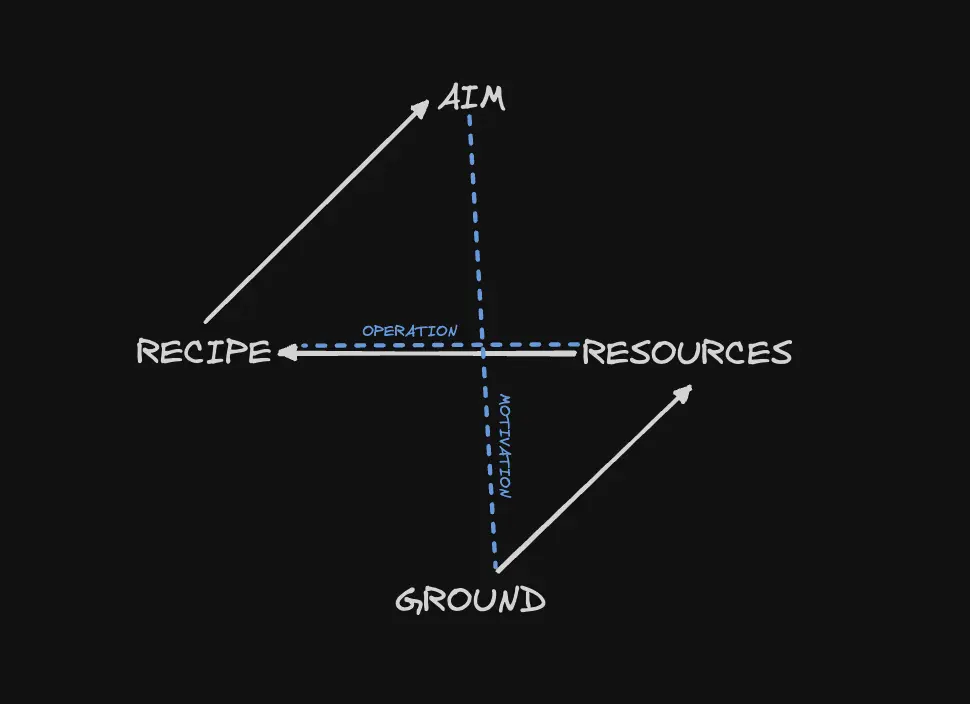Coaches Corner With Carl Hardwick: How To Build Stronger Coach-Client Relationships

If you want to help your clients improve their health, performance and vitality, start focusing on developing meaningful relationships
As fitness coaches, our role extends beyond designing training programs and nutrition plans. Our impact hinges on the relationships we cultivate with our clients. In this article, I will dig deeper into this concept and offer a few helpful frameworks for you to build these relationships.
Navigating the Relationship Spectrum
To build effective relationships, it’s helpful to understand different types of relationships. These fall into three categories: careless, careful and caring relationships.
- Careless Relationships: Here, the focus is primarily on the coach and their values, leaving the client’s needs in the shadows. This approach can result in an impersonal training routine that might not resonate with the client, leading to disinterest and subpar results.
- Careful Relationships: In contrast, a careful relationship sees the coach prioritizing the client’s values over their own. While this ensures personalized training, it could cause the coach to neglect their expertise, potentially compromising the quality of the workout plan.
- Caring Relationships: Striking a balance, caring relationships synergize both the coach’s and client’s highest values. This harmonious approach ensures a tailored, effective plan that aligns with the client’s aspirations while leveraging the coach’s expertise.

As professional coaches, we aim to foster caring relationships, striking a balance between understanding our own value system and comprehending our client’s values. Achieving this necessitates candid conversations about each client’s motivations, barriers and goals. Our understanding of the client’s background enables us to offer nuanced advice that resonates with their specific circumstances.
Using the NEPA Framework
The NEPA model, an acronym for Noticing, Explaining, Prescribing, and Actioning, provides a roadmap to understanding and influencing behavioral change. We have used this framework in our education for about a decade and it’s one that we urge our coaches to apply in and out of the gym.
Noticing is about keen observation. This could involve identifying patterns in the client’s workout routines, potential distractions or any behaviors that could affect their progress. To apply this, always maintain an active observer role during sessions, keeping an eye out for any non-verbal cues or patterns.
Explaining requires dialogue. As coaches, we should seek to understand the ‘why’ behind these observations. This requires asking powerful questions and eliciting responses that help understand the client’s mindset. For instance, if a client avoids a certain exercise, have an open conversation about it. Their reluctance could stem from discomfort, a past injury or a lack of confidence in performing the exercise.
Prescribing involves crafting a solution. Based on the information gleaned from noticing and explaining, develop a plan to address these issues. This may involve modifying the workout routine, providing additional instruction or even referring them to a specialized professional.
Actioning is about implementation. Put the plan into action, monitor its effectiveness and make necessary adjustments. This continuous feedback loop ensures the client feels heard, understood and supported.
Values & Priorities

Understanding a client’s priorities and values is pivotal to fostering a caring relationship. This insight helps tailor our approach, align their fitness goals with their core values and make the fitness journey more meaningful.
To grasp these priorities, delve into a client’s daily routines, personal space, energy distribution, focus areas, organization skills, goals, and conversational interests during initial consultations. Each of these areas provides a window into their lives, shedding light on what truly matters to them.
For instance, if a client spends significant time and energy on their work, consider workouts that help reduce stress or enhance productivity. Recognizing these links between their fitness and personal values makes exercise more relatable and valuable, leading to increased motivation and commitment.
Goals & Linking
The practice of understanding one’s highest values and using fitness as a medium to get there is termed “linking.” This framework acknowledges fitness not as an isolated goal, but as a vehicle that propels clients towards their broader aspirations. Whether it’s living a long, healthy life to see their grandchildren grow, or improving their physical strength to excel at work, fitness becomes a significant contributor to these milestones.
In practice, discussing these aspirations with the client and helping them see the connection between their fitness journey and their life goals can spark newfound motivation and commitment to their workout routine.
The GROUND—AIM—RESOURCES—RECIPE framework offers a comprehensive approach to goal-setting and action planning.

GROUND: Start by assessing the client’s current situation. This involves understanding their current fitness level, their experiences with fitness and any existing barriers to their goals.
AIM: Identify the objective. Determine what the client wishes to achieve, quantify it if possible and set a timeline for these goals. Regular check-ins will ensure progress tracking and keep the motivation high.
RESOURCES: Identify the resources at hand. This includes the client’s available time, fitness tools they have access to and any support systems in place (like a supportive family, friends, etc.).
RECIPE: Finally, create the action plan. This should include a detailed exercise program, lifestyle modifications and nutritional prescriptions. The recipe must take into account the client’s capabilities, goals and available resources to ensure it’s achievable and sustainable.
As fitness coaches, we can significantly enhance our impact by recognizing the immense value of relationships and using these frameworks to guide our practice. Doing so ensures a holistic approach that resonates with our clients, facilitates meaningful behavioral change and leads to more fulfilling and successful fitness journeys.
See Carl’s previous column here.
Carl Hardwick, CEO of OPEX Fitness & CoachRx, is a strong advocate for bringing honor to the coaching profession and raising the value of all fitness coaches. He lectures frequently about program design, business systems, and building a sustainable coaching career. Follow him on Instagram @hardwickcarl and OPEX Fitness on YouTube



